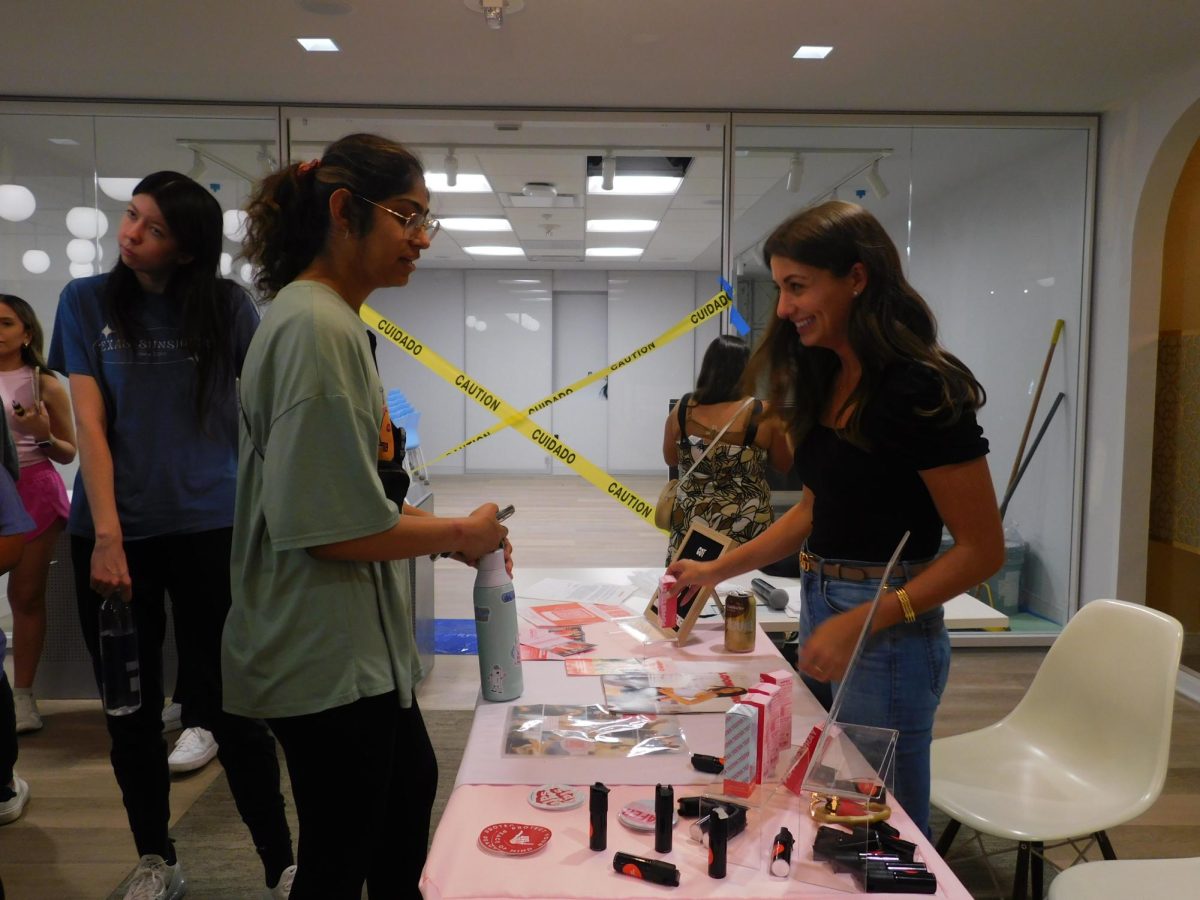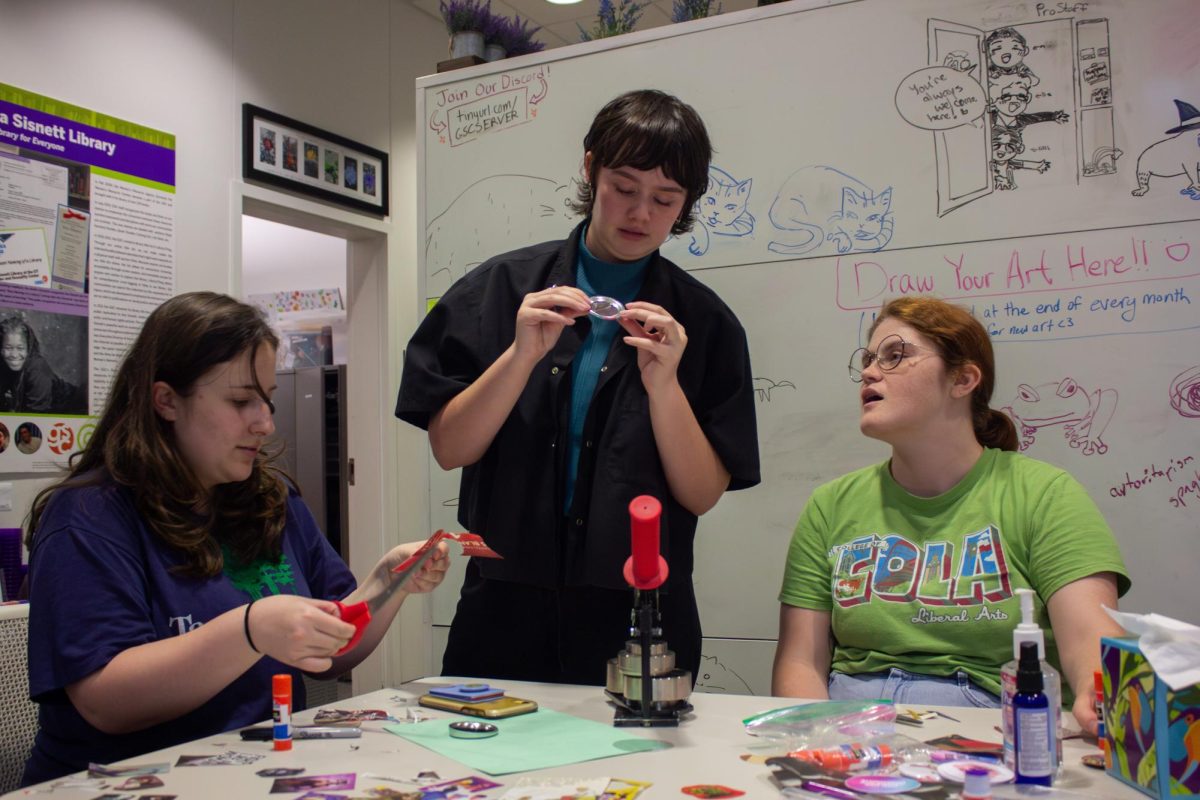Editor’s note: Laura Wright is currently working for Texas Monthly, the magazine where Stephen Harrigan was a long-time contributor.
“My grandmother made two kinds of kolaches. They were equally threatening,” writes author Stephen Harrigan in his essay, “Where is my Home?”
The essay, the last of 32 in the essay collection “The Eye of the Mammoth,” takes the reader on Harrigan’s journey to find a kolache that tastes just like his Czech grandmother’s prune version. Because this kolache triggers a Proustian reccollection of the author’s childhood, he traveled across Texas and, eventually, to the Czech Republic to try to replicate it.
Harrigan, a long-time contributor to Texas Monthly, has also written for The Atlantic and The New York Times Magazine. In this book he has collected “a panoramic look backward” at the entirety of his more than three-decade long career. He assembled a group of essays that weave familiar historical narratives with Harrigan’s fascination with prehistory and his endearing, self-effacing style of questioning his own ideas and motives.
In the title essay, for example, Harringan begins a discussion of the Mammoth bones buried in archeological sites across Texas by remembering a television show from his childhood, “Science Fiction Theatre.” In one episode, the show depicted a baby mammoth, re-animated from a block of ice, dying out of longing for its long-gone mother.
“Deep into adulthood the memory lingered: a lonesome lost creature imprisoned in time, a frozen heart made to beat again, a block of ice like a window through which the light of prehistory still dimly shone,” Harrigan wrote.
So begins a romp through the prehistoric archeological sites of Texas, introducing us to the remains of a wounded mammoth known as “Big Momma” and a Texas Tech professor who only wishes she could butcher one more elephant, so that she might learn how difficult it was for the ancient Clovis people to kill a mammoth. The essay takes the reader to a Texas they did not know existed, and in doing so, begins to answer the question that many Texans have asked as they look across the landscape: What exactly is this place?
“The Eye of the Mammoth” will, for most readers, be a book about Texas. For UT students, it is worth reading for the essay “The Golden Age of Austin” alone, in which Harrigan remembers his time as a student on the Forty Acres when Austin wasn’t much more “than an overgrown, self-infatuated college hamlet” with no traffic and department stores on Congress Avenue. Harrigan manages to paint a vivid picture of the 1970s Austin of “Dazed and Confused,” a city drugged, lackadaisical and throbbing with culture, while praising its current incarnation. He even goes so far as to say that the hipsters carrying South By Southwest badges are indicative of an Austin that is “a real city now, edgier, less complacent, more demanding,” a city that should be celebrated as much as the Austin of old, which may do something to reassure the many Austinites who bemoan the city’s boom.
Harrigan, who split his childhood between Oklahoma City, Abilene and Corpus Christi, does not confine his meditations on Texas to the city of Austin. One of the finest essays in the collection, “What Texas Means to Me,” speaks to a feeling that can be nothing but familiar to life-long Texans. In the essay, Harrigan struggles to understand what exactly it is that attracts him to the state, which, for all its land, lacks the true physical beauty of national landmarks like the Grand Canyon.
“The coasts of Texas, its forests, deserts, hills, and even its cities, seem like minor variations of grander and more definitive things in other parts of the country,” Harrigan wrote.
Yet, on a trip to Enchanted Rock with his daughter, Harrigan resolves to “let the whole question” of his relationship with Texas rest, preferring instead to conclude, “I wasn’t sure if I had been put on Earth with an inborn love for Texas, but I certainly seem to have a high tolerance for it.”
Moments like this are what make Harrigan’s essays on Texas so relatable. Rather then dress up that state, he strips it down to half-buried mammoth bones and late-night Austin acid trips that are tamer than the movies recall. Which, as it turns out, are grand enough on their own.














